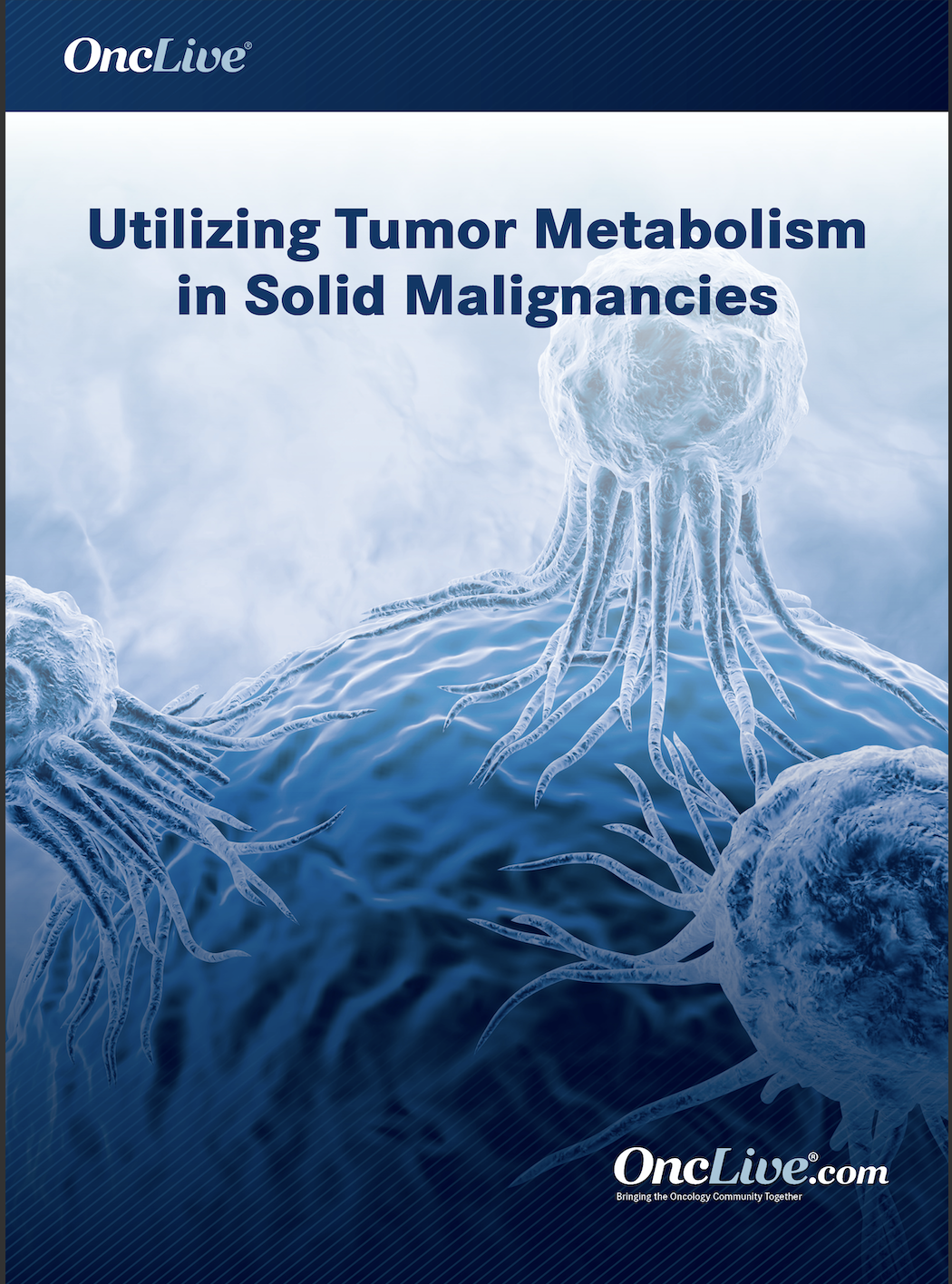Publication
Article
Supplements and Featured Publications
Novel Mechanism of Action and Tolerability Makes Telaglenastat a Promising Player in RCC
Author(s):
Chung-Han Lee, MD, PhD, discusses the promise of telaglenastat in renal cell carcinoma and the research efforts examining the agent in different combinations.
Chung-Han Lee, MD, PhD

Telaglenastat (CB-839) has been evaluated in combinations with several novel agents to determine whether targeting a new mechanism of action would improve clinical responses in patients with renal cell carcinoma (RCC), according to Chung-Han Lee, MD, PhD, who added that other efforts are underway to examine this agent further in this disease.
Results from the phase 2 ENTRATA trial (NCT03163667) presented during the 2019 ESMO Congress showed that the addition of telaglenastat to everolimus extended progression-free survival (PFS) compared with everolimus monotherapy in patients with heavily pretreated advanced or metastatic RCC. Specifically, the median PFS with telaglenastat/everolimus was 3.8 months versus 1.9 months with single-agent everolimus (HR, 0.64; 95% CI, 0.34-1.20; one-sided P =.079). According to Lee, this trial provided proof of principle to examine the agent further.
“For the longest time, the majority of agents that we had for RCC were either angiogenesis inhibitors, mTOR inhibitors, or immune checkpoint inhibitors,” Lee said. “However, telaglenastat truly represents an entirely new class of medications that are now being studied. Due to its new mechanism of action, and the fact that it’s well tolerated, it is a very exciting addition to the paradigm.”
Telaglenastat is now under exploration in combination with cabozantinib (Cabometyx) compared with cabozantinib alone in patients with advanced or metastatic RCC with a clear cell component who had received more than 2 previous therapies, added Lee.
In an interview with OncLive, Lee, a medical oncologist at Memorial Sloan Kettering Cancer Center, discussed the promise of telaglenastat in RCC and the research efforts examining the agent in different combinations.
OncLive: What is the mechanism of action of telaglenastat in RCC?
Lee: Telaglenastat, also known as CB-389, is a glutaminase inhibitor that
inhibits the conversion of glutamine into glutamate. Generally, when we think about cancer, 2 main energy sources are critical: the glucose pathway and the glutamine pathway.
Part of the Warburg effect is the conversion and overreliance on glycolysis, or the utilization of glucose to generate energy. However, in order to still populate different aspects of the tricarboxylic acid (TCA) cycle, many different malignancies rely on glutamine as a source of carbon. Telaglenastat essentially blocks that utilization.
How does the agent affect tumor metabolism in this disease?
RCC has been studied extensively and is thought to be a metabolic malignancy, meaning that there are often many different metabolic alterations that are important to pathogenesis. Several preclinical studies have demonstrated that almost all the aspects or molecules within the TCA cycle rely on glutamine in order to produce those numbers. Also, the molecules from glutamine are important for fatty acid synthesis.
Telaglenastat blocks the ability for the cells to utilize glutamine. This is why it led to multiple clinical studies to see whether or not by altering that metabolism can be important for treatment, as a novel mechanism.
What is some of the research that has been done with telaglenastat?
Telaglenastat has been studied in RCC in multiple formats. The agent has been evaluated, not only in combination with an immune checkpoint inhibitor, but in the phase 2 ENTRATA study, it was studied in combination with everolimus, which is an mTOR-targeted agent.
During the 2019 ESMO Congress, we presented [data on] the combination of telaglenastat and everolimus versus everolimus alone. In the study, patients were randomized 2:1 to receive either the combination or everolimus monotherapy. We wanted to see whether using this novel agent and targeting a new mechanism of action would improve the clinical responses seen with metabolic inhibitors, such as everolimus.
Could you expand on some of the efficacy data that were reported?
[Results showed] an improvement in PFS in this small, proof-of-principle study. The numbers did not yet meet their statistical significance; however, they did meet its bar based on the power setting ratings that were established for the clinical trial design. We must think of this as a proof of principle, showing that there is activity by using this new mechanism of action.
What is currently known about the safety profile of this combination?
Telaglenastat, as a new mechanism of action, was very well tolerated. We didn't see many toxicities beyond what we would typically see with everolimus monotherapy. I believe that the combination of a novel mechanism of action and the fact that it’s extremely well tolerated, really lends credence to trying to develop this concept and compound further.
What are the next steps for this agent?
Within RCC, perhaps one of the most important studies with telaglenastat, right now, is a randomized phase [2] study of the combination of telaglenastat plus cabozantinib versus cabozantinib alone. I believe this is a very large study consisting of about 400 patients, that will demonstrate the efficacy of the compound. This will also give us more information regarding not only the safety and tolerability, but also the efficacy.
Reference
Motzer RJ, Lee C-H, Emamekhoo H, et al. ENTRATA: Randomized, double-blind, phase 2 study of telaglenastat (tela; CB-839) + everolimus (E) vs. placebo (pbo) + E in patients (pts) with advanced/metastatic renal cell carcinoma (mRCC). Ann Oncol. 2019;50(suppl 5):889-890. doi:10.1093/annonc/mdz394.048










